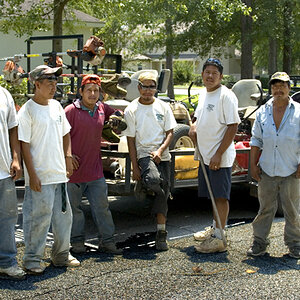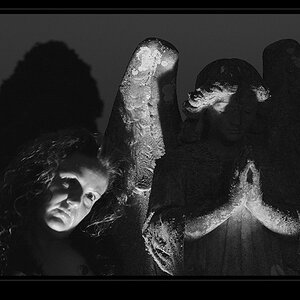- Joined
- Apr 9, 2009
- Messages
- 41,401
- Reaction score
- 5,706
- Location
- Iowa
- Website
- kharrodphotography.blogspot.com
- Can others edit my Photos
- Photos OK to edit
Red light with a wavelength of 650 nm from the Sun, and red light with a wavelength of 650 nm from some kind of man made light source are exactly the same .


![[No title]](/data/xfmg/thumbnail/30/30994-49c5521f7b5b417f49dcd43891cbec27.jpg?1619734557)






![[No title]](/data/xfmg/thumbnail/41/41798-aacfc8368463d919cba743fe318706b6.jpg?1619739897)

![[No title]](/data/xfmg/thumbnail/32/32949-cb71b3342f4f417998cb510154c5c916.jpg?1619735783)

